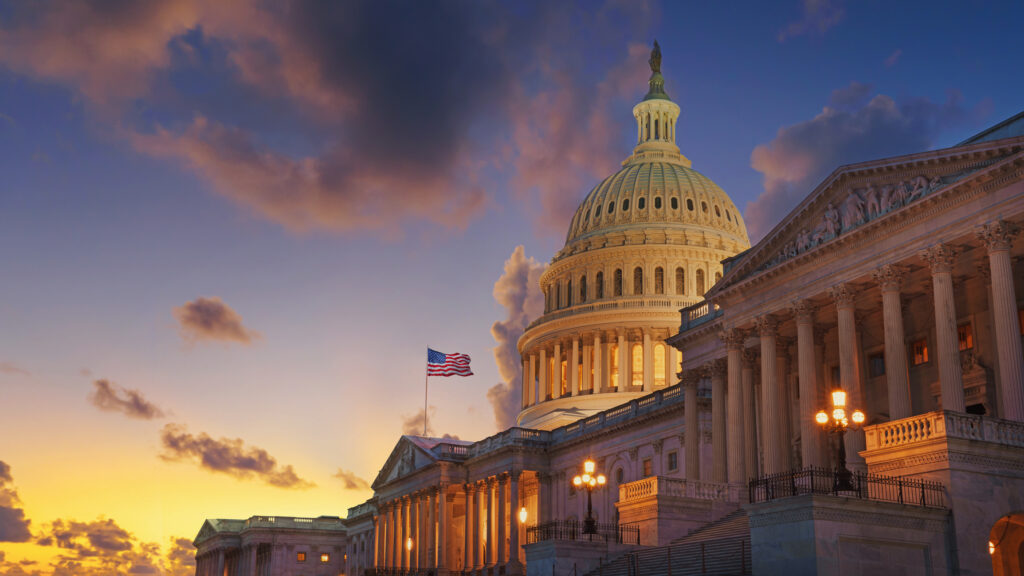While early estimates suggested state and local governments have accumulated hundreds of billions of dollars of debt in unfunded “other post-employment benefits” (OPEBs), revised estimates now indicate those early numbers may have been much too low.
The new estimates are being made because of the Governmental Accounting Standards Board’s (GASB) Statement 45, issued in 2004, which requires state and local governments to calculate and disclose the unfunded liability for OPEBs beginning in fiscal years ending after December 16, 2006.
From $20 Billion to $78 Billion
The biggest of these liabilities, by far, is health care benefits.
For example, the preliminary estimate of New Jersey’s health care benefits liability was $20 billion. In February the state pegged its liability at closer to $78 billion.
Officials in Maine that month revealed the state’s unfunded liability was $3.3 billion–$2 billion more than the 2003 estimate.
In February 2006, economists working for the Center for Medicare and Medicaid Services released a report saying the cost of health care nationally would continue to increase at greater than the rate of inflation for at least the next decade and will approach 20 percent of national gross domestic product by 2016.
Assumptions Drive Estimates
How much governments are estimated to owe in post-employment benefits depends on actuarial assumptions. Assuming the cost of health care will increase in line with the Consumer Price Index–even though for the past 50 or so years it has increased at about twice that rate–results in a relatively low estimate of the liability.
Assuming the rate of return on funds set aside to pay OPEB expenses will average 20 percent a year over the next 30 years–even though the historical return on equities is about 9 percent–also makes the liabilities appear to be less.
Pay As You Go
Until now, most state and local governments have been funding retiree health care on a pay-as-you-go basis.
According to GASB projections, setting aside the money to cover the unfunded liability over the next 30 years will increase present costs but save significant amounts of money in years to come, because money set aside now can be used to build assets.
GASB projections indicate that, if governments remain on the pay-as-you-go basis, at some time in the future most government revenues would be devoted to paying the pension and health care costs of retirees, with little remaining for traditional government functions.
Already a Concern
This is already a growing concern. A January 1, 2007 article in the Ventura County Star about the situation in San Jose, California noted that to amortize the unfunded liability for retiree health care over 30 years would require $100 million a year–10 percent of the city’s budget.
The Los Angeles Unified School District estimates its unfunded liability is in the neighborhood of $5 billion. On a pay-as-you-go basis the district now spends about 4 percent of its budget on retiree health care costs. To pay off the unfunded liability over 30 years would require 20 percent of the budget each year, according to district estimates.
New Jersey may be in even worse shape. The state is spending $1.5 billion this year for retiree health care on a pay-as-you-go basis. To meet the GASB’s standards would require $7.8 billion annually–about one-fourth of the entire state budget, according to a February 7 article in The Star-Ledger newspaper.
Some governments are being urged to issue bonds to set aside funds to cover the unfunded liability.
This tactic has the short-term allure of giving the appearance of dealing with the problem, but as the New York State School Boards Association cautions in “The New Math,” its October 2006 “Forecast” about GASB 45, “[Issuing bonds] is a risky proposition, however, since school systems are in essence betting that the return on the bonds will be hefty enough to pay the face value, plus a yield large enough to address retirement benefit expenses. The problem is that districts could find themselves losing money.”
Unions an Obstacle
The problem isn’t limited to states with strong government unions, but making necessary adjustments probably will be easier in those that haven’t given public-sector unions monopoly bargaining powers.
In January 2007 the Wisconsin Policy Research Institute issued a telling new report titled “The Mounting Cost of Deferred Responsibility in Government.” In the introduction, after parodying a successful public-sector union contract negotiation, the report notes, “Agreeing to this contract provision was easy for both labor and management. Government bookkeepers were unconcerned about obscure costs that might occur years into the future.”
That lack of concern is what prompted the GASB’s Statement 45 rules to report on the future liabilities of OPEBs. Those concerns must reach state and local government officials if we are to prevent a future where most government revenues are dedicated to paying the liabilities incurred by previous generations.
The GASB is a private, nonprofit organization that establishes accounting and financial reporting standards for state and local governments.
David Denholm ([email protected]) is president of the Public Service Research Foundation, an independent, nonprofit organization that studies labor unions and union influence on public policy.
For more information …
The New York School Boards Association Forecast, http://www.nyssba.org/scriptcontent/va_custom/PDFs/forecast1006.pdf
Governmental Accounting Standards Board Statement 45, http://www.gasb.org/project_pages/opeb_summary.pdf



